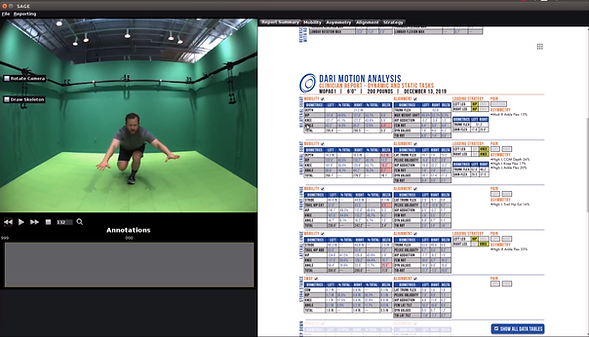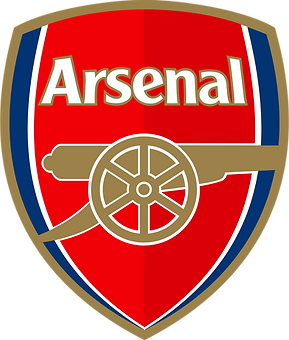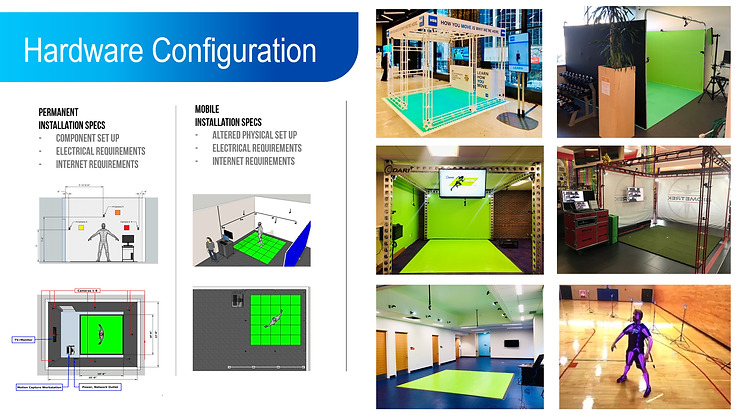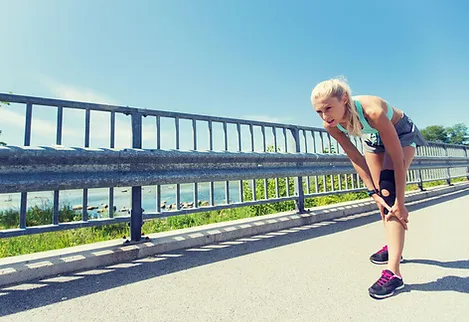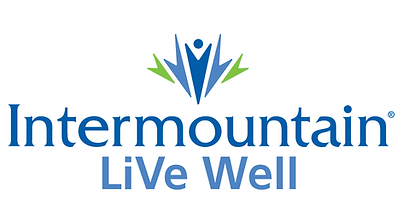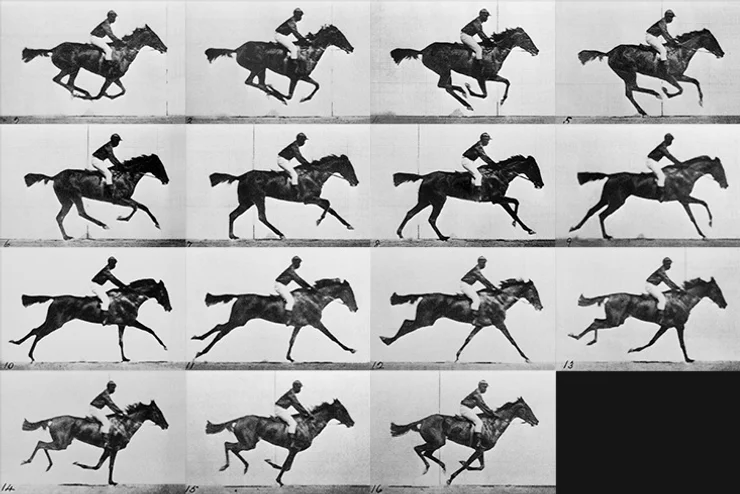As the COVID pandemic continues to ravage the US Health Care System, companies are looking at new ways to render care in this new and complex healthcare environment.

As elective surgeries have been limited both in access to inpatient and outpatient procedures and in fear of additional closures, hospitals, physicians and ancillary providers are seeking ways to render care to patients and reinvigorate their revenue. Revamping the revenue stream has become a priority to continue to make payroll and seek new ways to engage with patients safely and build business in a changing healthcare market.
DARI Motion Capture has been the answer to this dilemma. DARI is an innovative medical device and the only FDA cleared motion capture device to enter the market. This allows a provider to treat a patient for a musculoskeletal disorder and bill insurance and receive reimbursement. FDA clearance is important for many reasons, patient safety, efficacy, validity in system analytics and removes the ability for insurance companies to deny a service as ‘experimental or investigational’.
DARI motion capture system has reimbursable CPT codes which permit physicians and other ancillary providers to bill for a scan, and has covered crosswalk APC code for hospital outpatient departments to bill and receive reimbursement. As the only motion capture device that is FDA cleared and reimbursable through health plans, it has become an attractive method for hospitals, physicians, and ancillary providers to render clinical services.
The beauty of DARI in today’s healthcare market, is that DARI is a COVID compliant service. Due to the system being marker-less it enables a clinician to perform a screening without having to physically touch the patient.
Health Plans have expressed interest in DARI due to the clinical reports which outline the medical necessity of the service rendered, additionally, DARI clinical reports include clinical indicator tracking measures which health plans monitor of effectiveness of the medical community. Health Plans have now expressed an interest in directly referring their members for DARI screenings so that they can better understand the risk adjustments needed for a certain market segment.
DARI Motion Capture may be the answer to pandemic riddled healthcare system that needs alternatives to treat patients safely.
